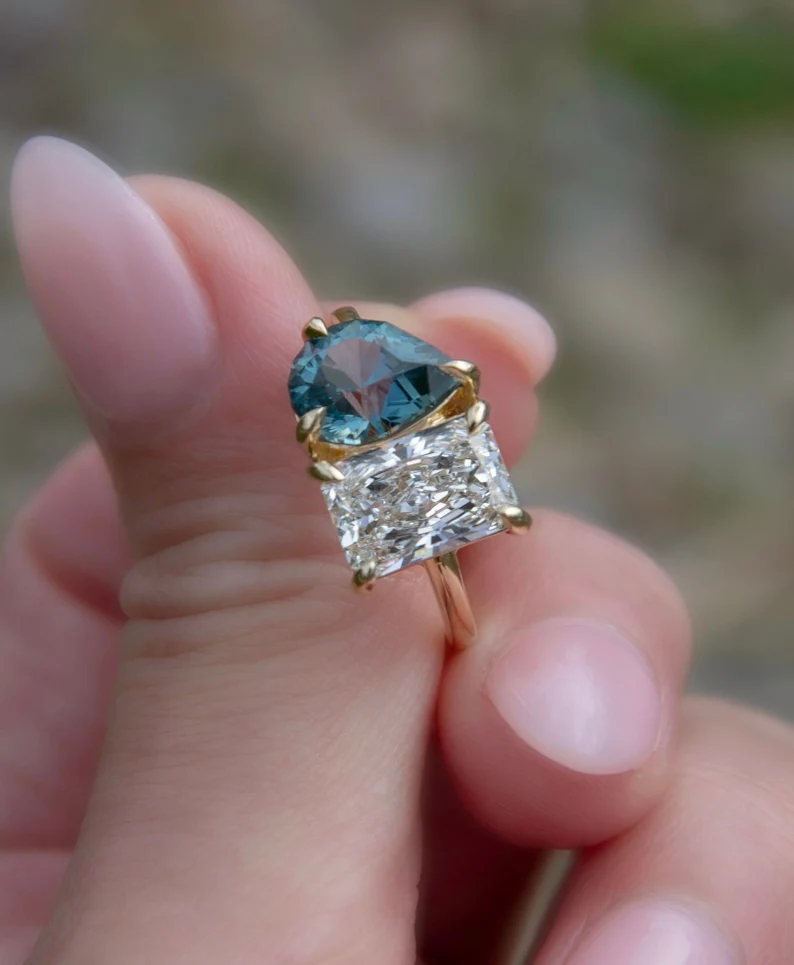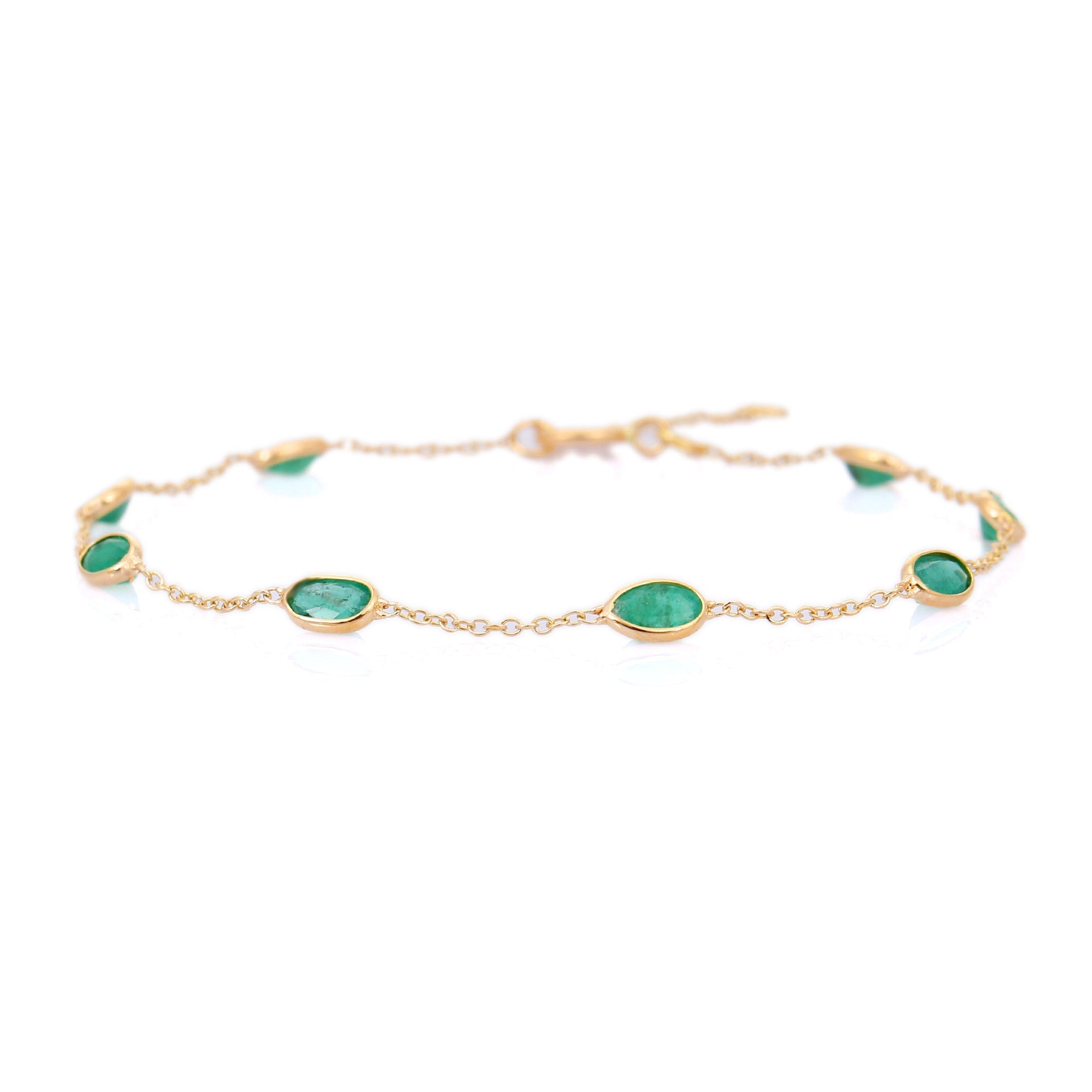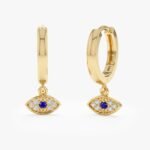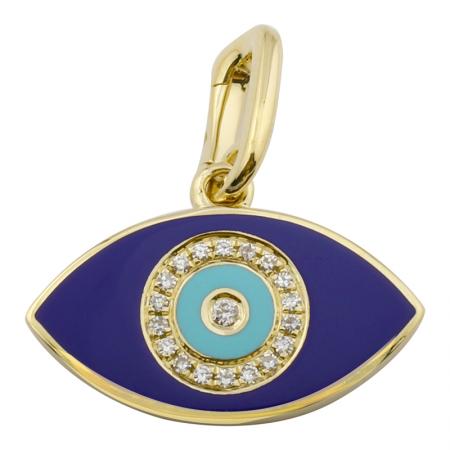Sell-Back Stories: How US Jewelers Really Price Your Trade-In

When you walk into a jewelry store to trade in an old ring or necklace, the price they offer rarely matches the number on your original receipt. Jewelers don’t base trade-in offers on sentimental value or original retail tags. They price trade-ins the way any reselling business would: by estimating what they can re-sell the piece for after they buy it, repair it, and carry it. This article explains the real factors that determine those offers and shows how to get a fairer result.
How jewelers think about value
Jewelers separate an item into three sellable parts: metal, stones, and labor/finishing. They estimate a piece’s wholesale resale value—what another jeweler or an end customer will pay—then subtract purchase risk and refurbishment costs. That’s why trade-in offers often look low: the shop must cover its cost of capital, overhead, refinishing, and the chance a stone isn’t as valuable as advertised.
Common pricing methods
There are three main approaches you’ll see:
- Scrap/melt value — used for broken, worn, or unfashionable pieces. Jeweler sells the metal by weight to a refiner. This is strictly metal value, not gem value.
- Wholesale/resale value — used for attractive pieces likely to re-enter inventory. The jeweler estimates a wholesale price for the whole item (metal + stones) and pays you a percentage of that.
- Trade-in allowance toward purchase — often higher than a cash buyout. Stores prefer this because it keeps the money in-house. Expect a larger credit if you apply it to a new purchase.
How metals are priced (the why and how)
Metals are straightforward because purity and weight are measurable. Common purities:
- 10K = 41.7% pure gold
- 14K = 58.3% pure gold
- 18K = 75% pure gold
- Platinum (often Pt950) = ~95% platinum
- Sterling silver = 92.5% silver
Procedure: weigh the piece (grams), multiply by purity, then multiply by the current spot price per gram. That gives a theoretical melt value. Jewelers pay less than the refiners’ net because refiners charge fees and the jeweler needs margin. Typical buy rates for scrap gold vary—roughly 50–85% of melt value depending on the dealer and item size. Why the range? Small lots and mixed alloys cost more to process; plated or damaged pieces fetch less.
How gemstones are priced (with specifics)
Gemstones are priced by size, quality, and liquidity.
- Diamonds — priced primarily by carat (ct), cut, color, and clarity. A 1.00 ct round brilliant with G color and VS2 clarity is easier to price because many buyers understand G/VS2 as a marketable grade. Jewelers typically reference industry price lists or past sales to estimate a wholesale per-carat price, then adjust for cut quality and fluorescence. Certified stones (GIA, AGS) usually fetch higher offers because certification removes uncertainty.
- Colored gemstones (sapphire, ruby, emerald) — value swings widely based on origin, color saturation, treatments, and size. A 1.5 mm pale sapphire has little resale value; a 6 mm vivid, untreated Kashmir sapphire can command a high resale price.
- Pave and melee — small accent stones are labor-intensive to reset if loose or damaged. Jewelers discount heavily for missing melee because replacing dozens of 1–1.5 mm stones is time-consuming.
Why this matters: a diamond’s retail price includes big retail markup. Jewelers offering to buy a stone must allow room to resell at retail or at least to another jeweler. That means offers often range from 20–60% of the stone’s current retail value, depending on quality and certification.
Example calculations (illustrative)
Example 1 — a 14K gold ring weighing 5.0 grams. 14K = 58.3% gold. If we use an illustrative spot price of $60/gram for pure gold (note: spot changes), pure-gold value = 5.0 × 0.583 × $60 ≈ $175. A jeweler might offer 60–80% of that for a clean, sellable piece, so a cash offer might be $105–$140. If the ring is heavily scratched or plated, expect the low end or less.
Example 2 — a 1.00 ct round diamond, G/VS2, not brand certified, originally bought retail for $8,000. The jeweler estimates a wholesale resale price based on market guides and demand—say $2,800–$4,000. The cash offer will then be a portion of that (often 40–70%), so $1,120–$2,800. If the diamond has a GIA certificate, the seller’s uncertainty falls and the offer may move toward the upper end.
What reduces an item’s offer
- Missing or damaged stones — replacement is tedious and expensive.
- Unfavorable style or poor condition — outdated settings and heavy wear reduce retail demand.
- Low-quality melee or treated colored stones — harder to sell for a premium.
- Uncertain provenance or no certificates — increases buyer risk, so they discount more.
- High refurbishment cost — if plating, re-polishing, or retipping is required, the jeweler subtracts that from the offer.
Practical tips to get a better trade-in
- Get multiple offers. Different shops specialize in different items; a boutique may value designer brands more than a mass-market store.
- Bring paperwork and certifications. GIA/AGS reports, original receipts, and appraisals reduce uncertainty and improve offers.
- Ask for an itemized offer. Request separate values for metal, center stone, and setting so you can see the math.
- Consider store credit if you plan to buy. Credit often yields a better rate than cash.
- Don’t accept the first number. Negotiate based on refurbishing costs and certification; if the jeweler can’t justify a low offer, ask how they’d resell it.
- For high-value items, get an independent appraisal first. That establishes a benchmark and helps you judge the dealer’s offer.
Legal checks and payment
High-value transactions often require ID for anti-money-laundering rules. Some stores hold items for a short verification period before paying. Payment methods vary: cash, check, or store credit. If you accept store credit, confirm any expiration and whether it’s transferable.
In short, jewelers price trade-ins to reflect resale value after risk and refurbishment. Know that metals are measured and simple to value; stones depend on documented quality and market demand. Use documentation, multiple quotes, and an itemized breakdown to get the fairest offer. That’s how you turn sentimental pieces into fair cash or credit without surprises.




